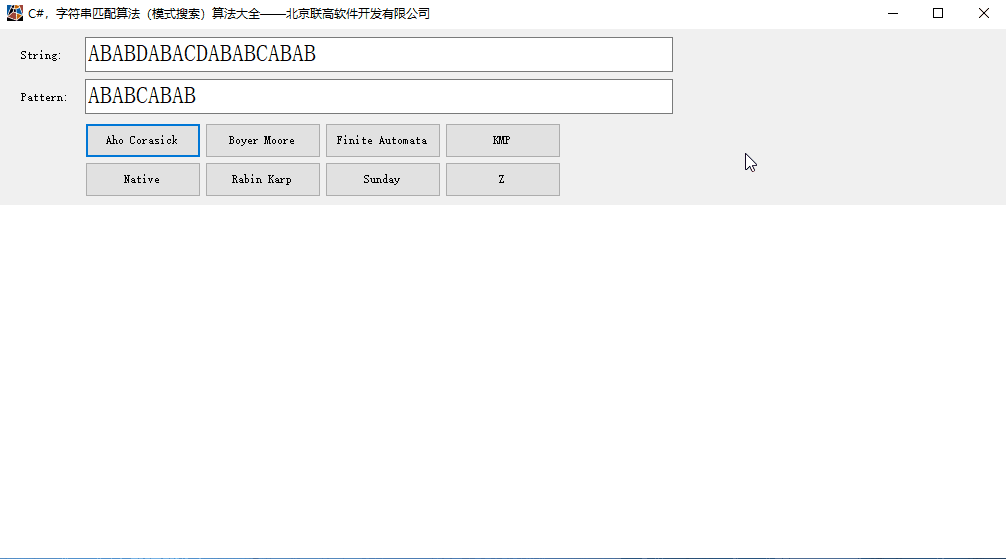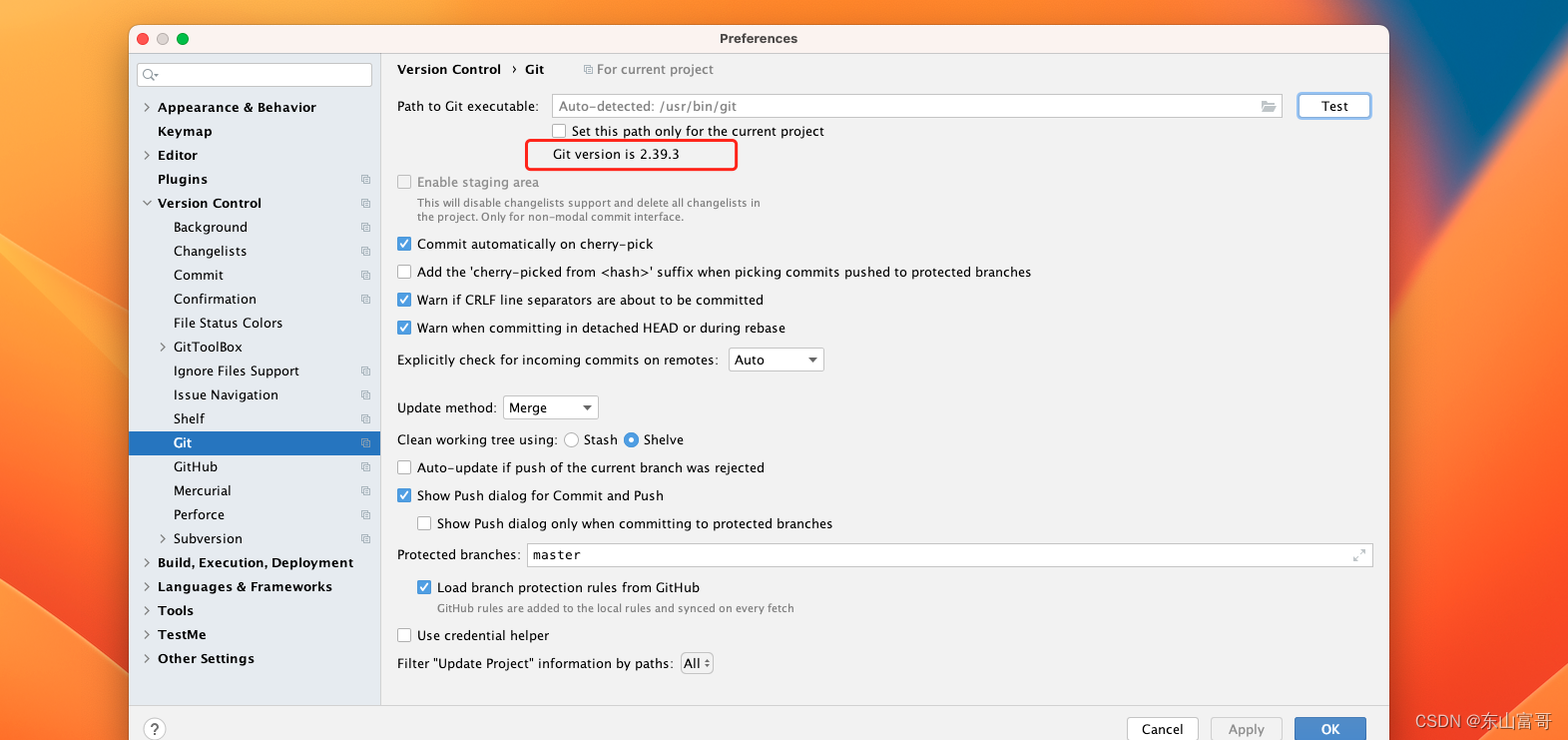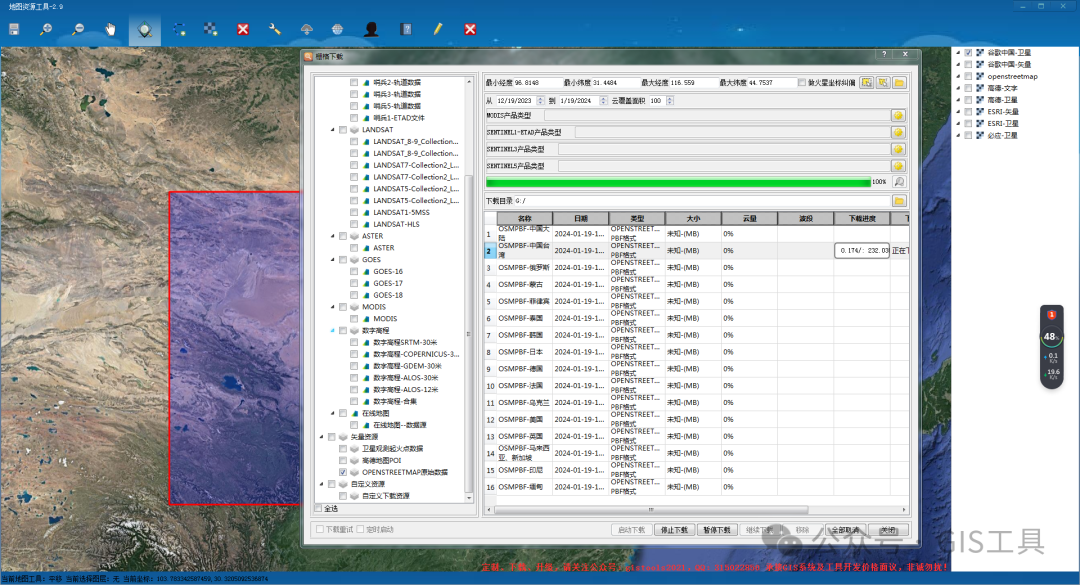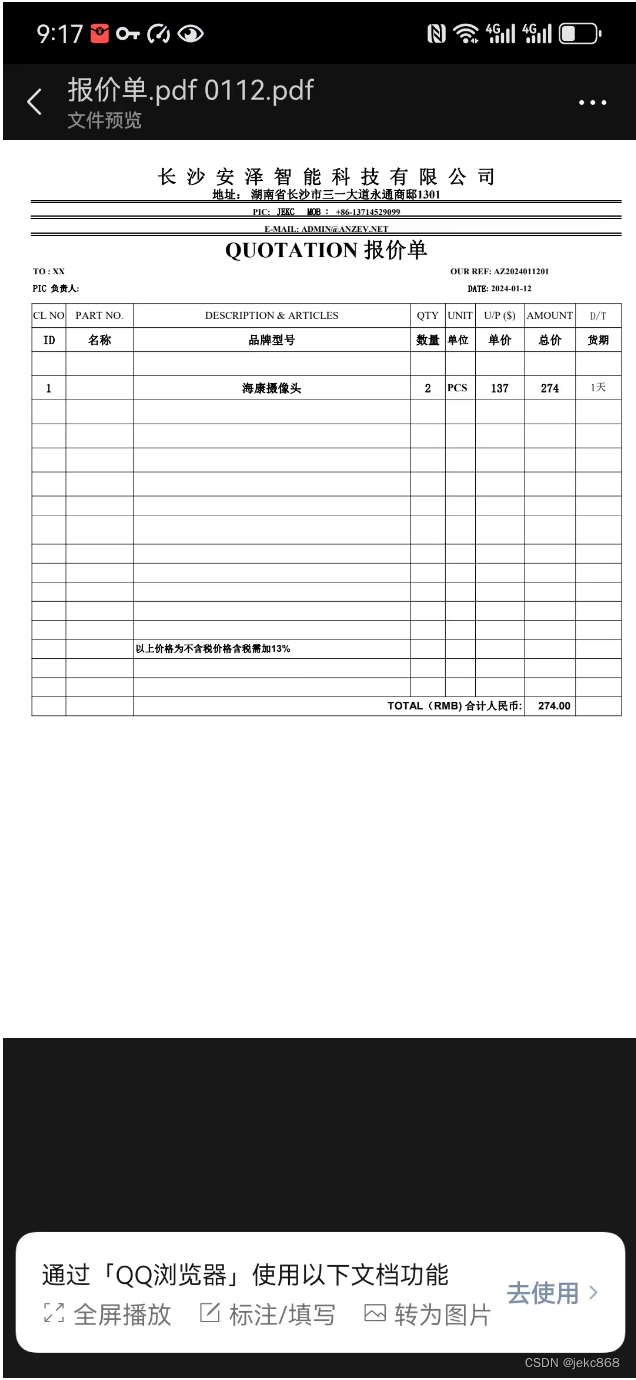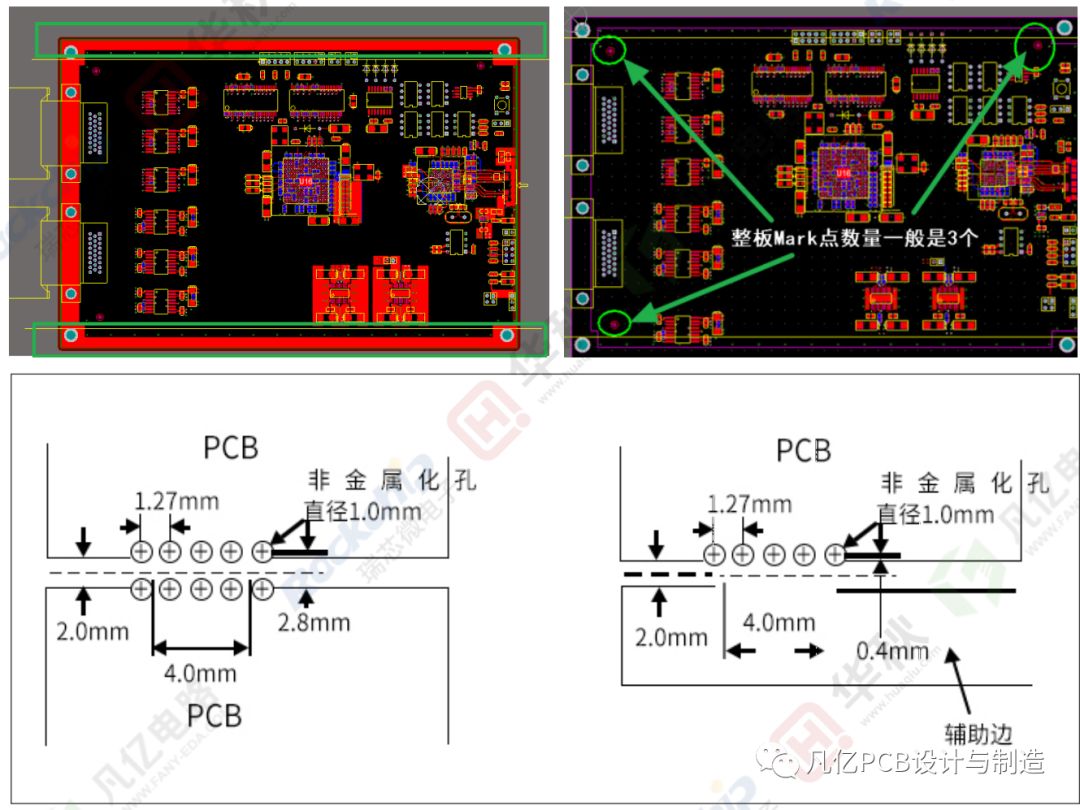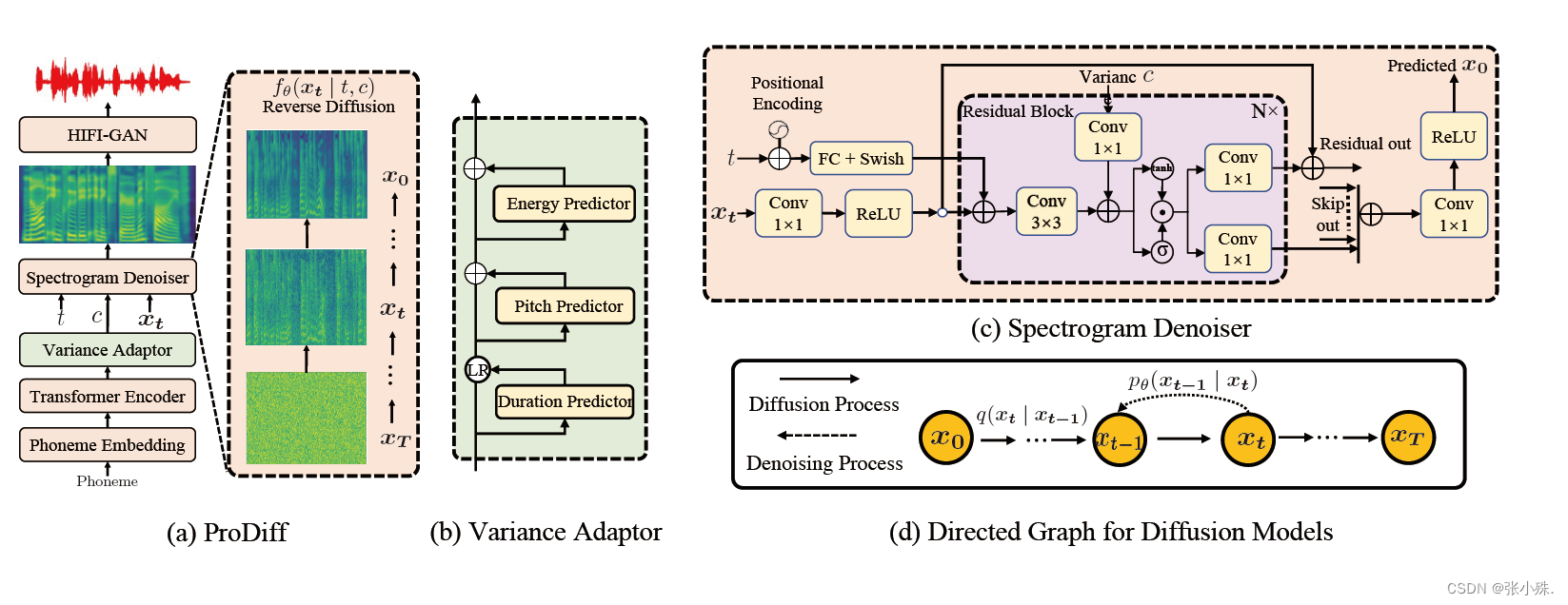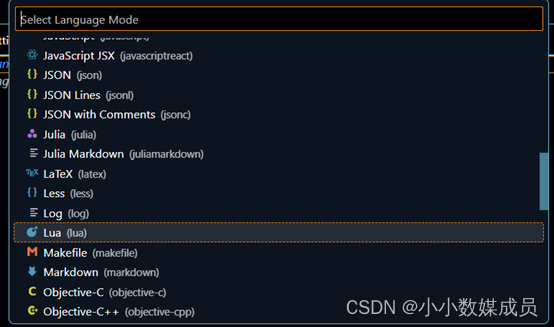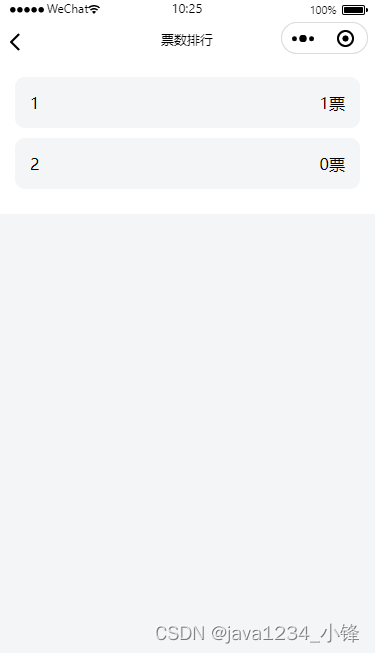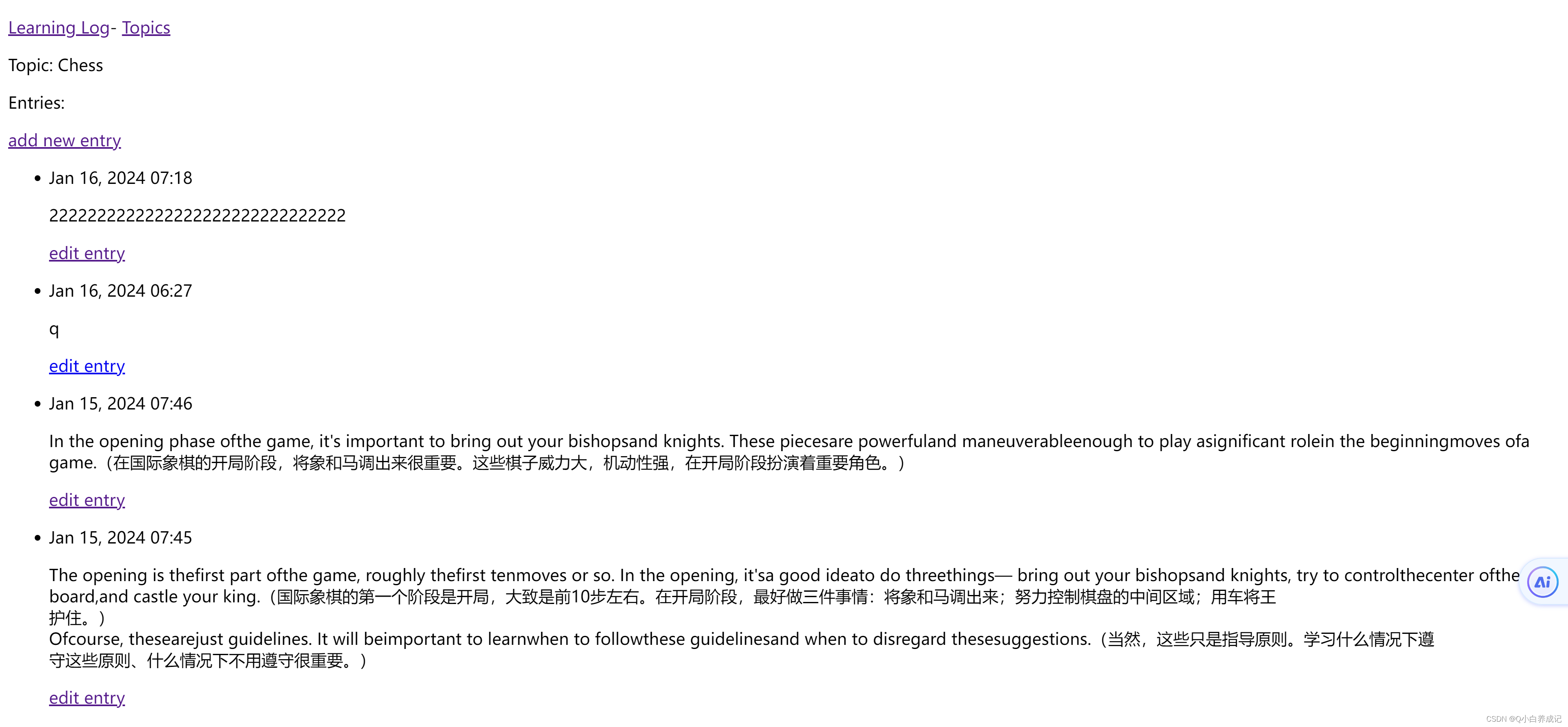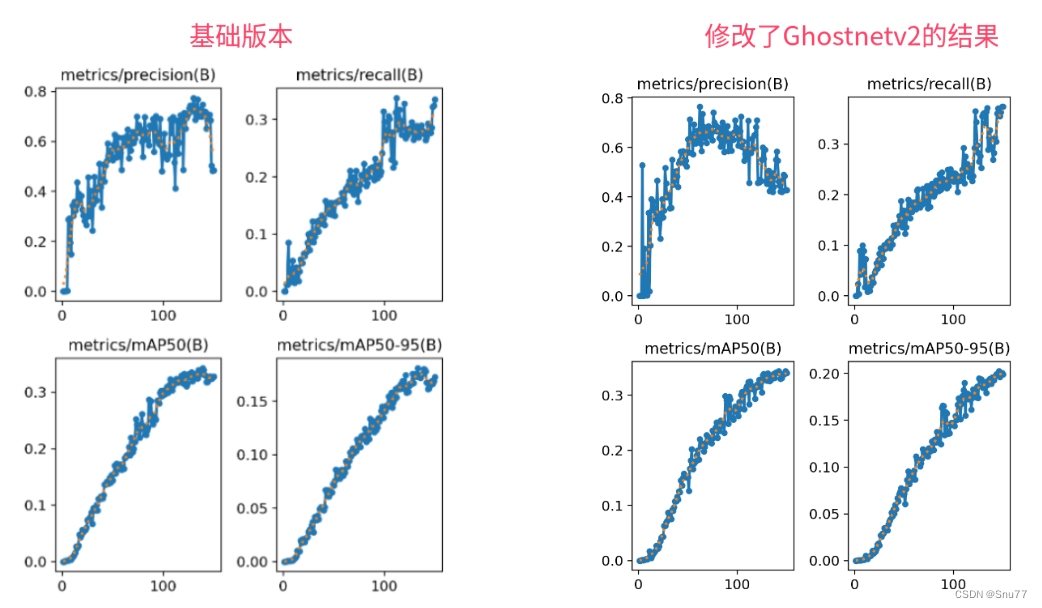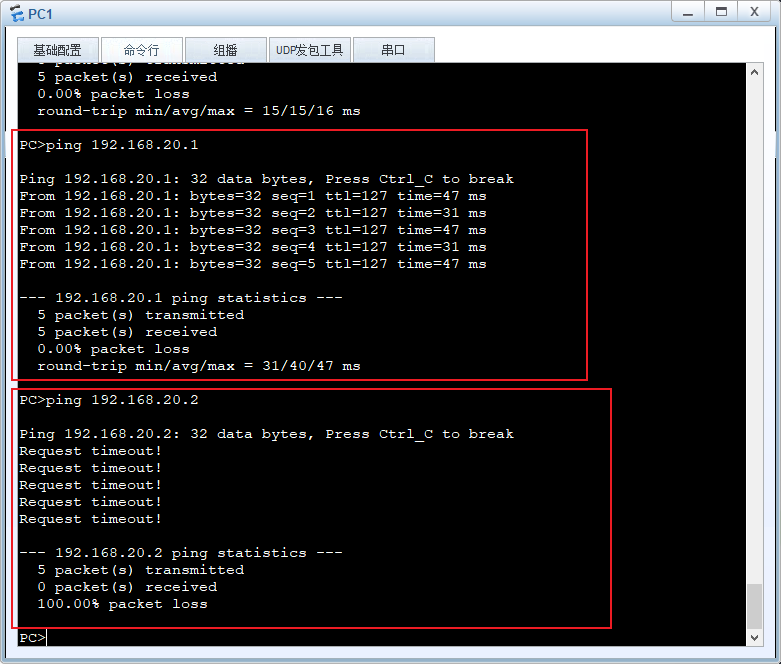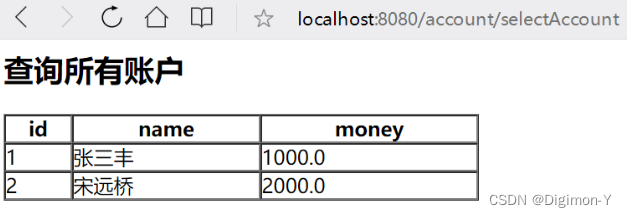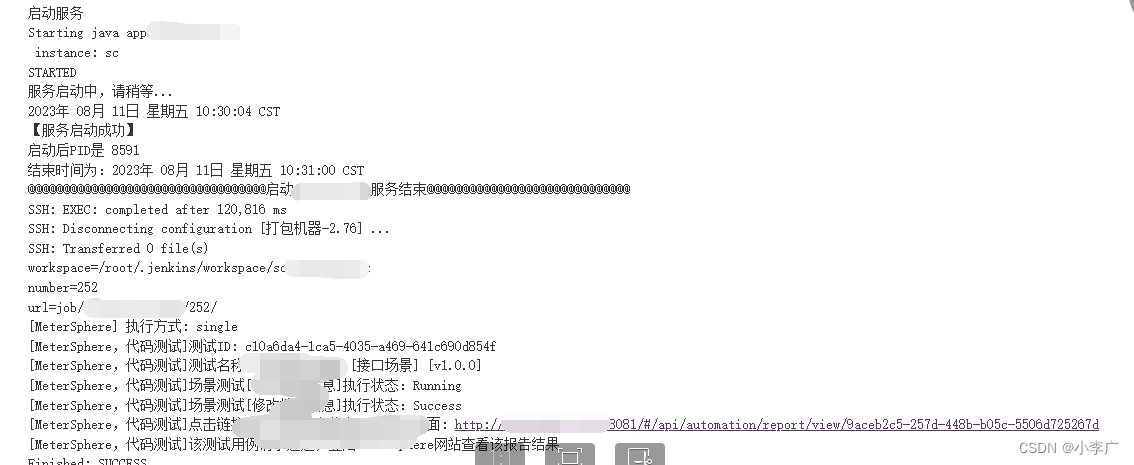运算符概述
纯单目运算符,只能有一个操作数,包括:!、~、sizeof、new、delete 等
纯双目运算符,只能有两个操作数,包括:[]、->、% 、 = 等
三目运算符,有三个操作数,如“ ? : ”
既是单目又是双目的运算符,包括: + 、 - 、 & 、 * 等
多目运算符,如函数参数表 “()”。
左值运算符是运算结果为左值的运算符,其表达式可出现在等号左边,如前置 ++、-- 以及赋值运算 = 、 += 、 *= 和 &= 等。右值运算符是运算结果为右值的运算符,如 + 、 - 、 >> 、 % 、后置 ++、-- 等。
某些运算符要求第一个操作数为左值,如 ++、-- 、 = 、 += 、 &= 等。
运算符重载
C++预定义了简单类型的运算符重载,如3 + 5、3.2 + 5.3分别表示整数和浮点加法。
故C++规定运算符重载必须针对类的对象,即重载时至少有一个参数代表对象(类型如A、const A、A & 、const A & 、volatile A等) 。
C++用 operator加运算符进行运算符重载。对于普通运算符成员函数,this 隐含参数代表第一个操作数对象。
运算符分类
根据能否重载及重载函数的类型,运算符分为:
- 不能重载:sizeof、.、.*、::、 ? :
- 只能重载为类的普通成员函数: = 、– > 、()、[]
- 只能重载为普通函数:new、delete
- 其他运算符:可以重载为类的普通成员函数和普通函数,但不能重载为类的静态成员函数。
若运算符为左值运算符,则重载后运算符函数最好返回非只读引用类型(左值)。
当运算符要求第一个参数为左值时,不能使用 const 说明第一个参数(含this),例如 ++、--、 = 、 += 等的第一个参数。
重载运算符函数可以声明为类的友元;
重载的普通运算符成员函数也可定义为虚函数;
重载的非成员函数被视为普通函数。
重载运算符函数一般不能缺省参数,只有任意目的运算符() 省略参数才有意义。
重载不改变运算符的优先级和结合性。
重载一般也不改变运算符的操作数个数。特殊的运算符->、++、--除外。
class A;
int operator = (int, A&); //错误, 不能重载为普通函数
A& operator +=(A&, A&); //正确,重载 += 为普通函数
A& operator ==(A* a, A b[]); //A * 和 A[] 参数不代表对象
class A {friend int operator=(int, A&); //错误,不存在普通函数operator=()static int operator()(A&, int); //错误,不能为静态成员static int operator+(A&, int); //错误,不能为静态成员friend A& operator += (A&, A&); //正确, operator += ( ) 是什么函数?A& operator ++(); //隐含参数this代表一个对象
};#include <iostream>
using namespace std;
class A {int x;
public:int getx() const { return x; } //const A *const this,代表对象A(int x) { A::x = x; } //A *const this
};
int operator+(const A& x, int y) //普通函数: 参数const A &x 代表一个对象
{return x.getx() + y;
} //能否写成: return x.x + y ? 不能 x 是私有成员
int operator+(int y, A x) //普通函数: 参数 A x 代表一个对象
{return x.getx() + y;
}
//不能声明 int operator+(A[6], int); A[6]不是单个对象
//不能声明 int operator+(A*, int); A* 是对象指针,属于简单类型,不代表对象
void main(void)
{A a(6); //调用A(int)时,实参&a传递给隐含形参thiscout << "a+7=" << a + 7; //调用int operator+(const A &, int)cout << "a+7=" << operator+(a, 7); //调用int operator+(const A &, int)cout << "8+a=" << operator+(8, a); //调用int operator+(int, A)cout << "8+a=" << 8 + a; //调用int operator+(int, A)
}参数个数
重载函数种类不同,参数表列出的参数个数也不同。
- 重载为普通函数:参数个数 = 运算符目数
- 重载为普通成员:参数个数 = 运算符目数 - 1 (即this指针)
- 重载为静态成员:参数个数 = 运算符目数(没有this指针)
有的运算符既为单目又为双目,如*, +, -等。
特殊运算符不满足上述关系:->双目重载为单目;前置++、--重载为单目, 后置++、-- 重载为双目;函数() 可重载为任意目。
()表示强制类型转换时为单参数;表示函数时可为任意个参数。
#include <string.h>
class SYMTAB;
struct SYMBOL {char* name; int value; SYMBOL* next; friend SYMTAB;
private:SYMBOL(char* s, int v, SYMBOL* n) { /*...*/ }; ~SYMBOL() { /*…*/ }
} *s;
class SYMTAB {SYMBOL* head;
public:SYMTAB() { head = 0; }; ~SYMTAB() { /*...*/ }SYMBOL* operator( )(char* s, int v, int w) { /*…*/ };
} tab;
void main(void) { s = tab(“a”, 1, 2); } //等价 s = tab.operator()(“a”, 1, 2)后置与前置
运算符++和--都会改变当前对象的值,重载时最好将参数定义为非只读引用类型(左值)。
后置运算应重载为返回右值的双目运算符函数:
如果重载为类的普通函数成员,则该函数只需定义一个int类型的参数(已包含一个不用const修饰的this参数);
如果重载为普通函数(C函数),则最好声明非const引用类型和 int 类型的两个参数(无this参数)。
前置运算应重载为返回左值的单目运算符函数:
前置运算结果应为左值,其返回类型应该定义为非只读类型的引用类型;左值运算结果可继续++或--运算。
如果重载为普通函数(C函数),则最好声明非const引用类型一个参数(无this参数)。
class A {int a;friend A& operator--(A& x) { x.a--; return x; } //前置运算 (普通函数), 返回左值friend A operator--(A&, int); //后置运算(普通函数), 返回右值
public:A& operator++() { a++; return *this; } //前置运算(成员函数)A operator++(int) { return A(a++); } //后置运算(成员函数)A(int x) { a = x; }
}; //A m(3); (--m)-- 可以;因为--m左值,其后--要求左值操作数
A operator--(A& x, int) { //x左值引用,实参被修改return A(x.a--); //先取x.a返回A(x.a)右值,再x.a--
} //A m(3); (m--)--不可;因为m--右值,其后--要求左值操作数//重载双目–>,使其只有一个参数(单目),重载–>必须返回指针类型.
struct A { int a; A(int x) { a = x; } };
class B {A x;
public:A* operator ->() { return &x; }; //只有一个参数this, 故重载为单目B(int v) :x(v) { }
} b(5);
void main(void) {int i = b->a; //被解释为: i = (b.operator->( )) -> a, i = 5i = b.operator->()->a; //i = b.x.a = 5i = (*b.operator->()).a; //i = (&*b.operator->( ))->a= b.operator ->( )->a
}浅拷贝
编译程序为每个类提供了缺省赋值运算符函数(浅拷贝),对类A而言,其成员函数原型为 A& operator=(const A&)。
如果类自定义或重载了赋值运算函数,则优先调用类自定义或重载的赋值运算函数(不管是否取代型定义)。
缺省赋值运算实现数据成员的浅拷贝复制,如果数据成员为指针类型,则不复制指针所指存储单元的内容。若类不包含指针,浅拷贝赋值不存在问题。
如果函数参数要值参传递一个对象,当实参传值给形参时,若类A没有定义 A(const A&) 形式的构造函数,则值参传递也通过浅拷贝赋值实现。
当类包含指针时,浅拷贝赋值可造成内存泄漏,并可导致页面保护错误或变量产生副作用:
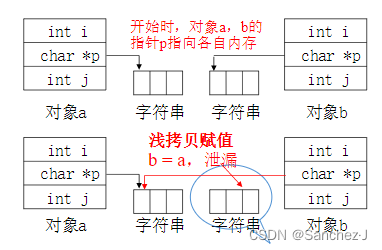
#include <string.h>
#include <iostream>
using namespace std;
class STRING {char* s;
public:STRING(const char* c) { strcpy(s = new char[strlen(c) + 1], c); }STRING(const STRING& s); //深拷贝构造函数STRING(STRING&& s) noexcept; //移动构造函数virtual STRING& operator=(const STRING& s); //深拷贝赋值函数virtual STRING& operator=(STRING&& s) noexcept; //移动赋值函数virtual char& operator[](int x) { return s[x]; }virtual STRING operator+(const STRING&) const;virtual STRING& operator+=(const STRING& s) { return *this = *this + s; };virtual ~STRING() noexcept { if (s) { delete[]s; s = 0; }; };
};
STRING STRING::operator+(const STRING& c) const {char* t = new char[strlen(s) + strlen(c.s) + 1];STRING r(strcat(strcpy(t, s), c.s)); //strcpy、strcat返回tdelete[] t; return r;
}
STRING& STRING::operator=(const STRING& cs) {delete[] s;strcpy(s = new char[strlen(cs.s) + 1], cs.s); return *this;
}
void main(void) {STRING s1(“123”), s2(“abc”); s3(“hello”);(s1 = s1 + s2) = s2; //重载“=”返回左值,可连续赋值否则不可//等价于 s1 = s1 + s2; s1 = s2; s1被连续赋值s1 += s3;s3[0] = 'T'; // s3[0] = 调用 char &operator[](int x) 返回左值
}注意
- 应定义 T(const T&) 形式的深拷贝构造函数;
- 应定义 T(T&&) noexcept 形式的移动构造函数;
- 应定义 virtual T& operator = (const T&) 形式的深拷贝赋值运算符;
- 应定义 virtual T& operator = (T&&) noexcept 形式的移动赋值运算符;
- 应定义 virtual ~T() 形式的虚析构函数;
- 在定义引用 T& p = *new T() 后,要用 delete & p 删除对象;
- 在定义指针 T * p = new T() 后,要用 delete p 删除对象;
强制类型转换
如定义了合适的类型转换函数,就可以完成操作数的类型转换;
如定义了合适的构造函数,就可以构造符合类型要求的对象,构造函数也可以起到类型转换的作用。
对象与不同类型的数据进行运算,可能出现在双目运算符的左边和右边,为此,可能需要定义多种运算符重载函数。
只定义几种运算符重载函数是可能的,即限定操作数的类型为少数几种乃至一种。如果运算时对象类型不符合操作数的类型,则可以通过类型转换函数转换对象类型,或者通过构造函数构造出符合类型要求的对象。
//定义“复数 + 复数”、“复数 + 实数”、“复数 + 整数”、 “复数 - 复数”、“复数 - 实数”、“复数 - 整数”
//几种运算(还有复数同实数乘除运算, 等等):
class COMPLEX {double r, v;
public:COMPLEX(double r1, double v1);COMPLEX operator+(const COMPLEX& c) const;COMPLEX operator+(double d) const;COMPLEX operator+(int d) const;COMPLEX operator-(const COMPLEX& c) const;COMPLEX operator-(double d) const;COMPLEX operator-(int d) const;… … … … //更多的 +、- 运算法重载函数
};单参数构造函数的特殊性
单参数的构造函数具备类型转换作用,必要时能自动将参数类型的值转换为要构造的类型。
以下通过定义单参数构造函数简化重载(同时注意C++会自动将int转为double):
class COMPLEX {double r, v;
public:COMPLEX(double r1);COMPLEX(double r1, double v1) { r = r1; v = v1; } COMPLEX operator-(const COMPLEX& c) const;
};
//定义COMPLEX m(3),m + 2转换为m + 2.0转换为 m + COMPLEX(2.0)。单参数的构造函数相当于类型转换函数,单参数的 T::T(const A) 、 T::T(A&&) 、T::T(const A&) 等相当于A类到T类的强制转换函数。
强制类型转换函数:operator 类型表达式()。由于转换后的类型就是函数的返回类型,所以强制类型转换函数不需要定义返回类型, 也不带输入参数(表示将 this 对象转换为其他类型)。
同时定义 A::operator T() 和 T::T(const A&) 容易出现二义性错误。
按照C++约定,强制类型转换的结果通常为右值,故最好不要将类型转换函数的返回值定义为左值,也不应该修改当前被转换的对象(参数表后用const说明this)。
C++规定转换的类型表达式不包含() 和[], 只能使用引用、指针。如operator int A::** const& ()正确,而 operator int(*)* () 是错误的。
struct A {int i;A(int v) { i = v; }virtual operator int() const { return i; } //类型转换返回右值
} a(5);
struct B {int i, j;B(int x, int y) { i = x; j = y; }operator int() const { return i + j; } //类型转换返回右值operator A() const { return A(i + j); } //类型转换返回右值
} b(7, 9), c(a, b);
void main(void) { //分析下面各条语句的执行过程int i = 1 + a; //a.operator int() => 1 + intA x = b; //x(b): b.operator A() => A(const &A) (编译器提供)A y(a); //A(const A &) (编译器提供)x = b; //b.operator A() => A(int) => x.operator=() (编译器提供) => ~A()x = b + a; //b.operator int() + a.operator int()=> A(int) => x.operator=()=> ~A()printf(“ % d % d”, a, (int)a); //VFT地址 5
}
//若去掉A:: operator int() 中的virtual, printf ( ) 结果 ? 5 5#include<iostream>
using std::cout;
using std::endl;
class A
{int a;
public:A(int x) { cout << "A(int x) called" << endl; a = x; }A(const A& x) { cout << "A(const A& x) called" << endl; a = x.a; }A& operator = (const A& x) { cout << "A& operator = called" << endl; a = x.a; return *this; };operator int() const { cout << "operator int() const called" << endl; return a + a; }~A() {}
};
void main()
{ cout << "line 16:" << endl; A a(1), b(a); //A(int), A(const A &)cout << "line 17:" << endl; A c = 1; //A(1)cout << "line 18:" << endl; A d = a; //A(a),不调用operator=() 这里是初始化不是赋值??cout << "line 19:" << endl; c = 1; //A(1), operator=(), ~A()cout << "line 20:" << endl; d = a; //operator=()cout << "line 21:" << endl; d = 1 + a; //a.operator int(), A(int), operator=(), ~A()
}Problem:
(1) 若没有构造函数 A::A(const A& x) ?
调用编译器提供的默认的浅拷贝构造函数。
(2) 可以定义构造函数A::A(const A x) 吗?
不能,报错:类的复制构造函数不能带有类型的参数
这是因为如果用形参,编译器会生成一个临时的实参变量用于赋值,而它本身就要用到这个构造函数。假如通过了编译,也会造成死循环。
class A
{int a;
public:A(int x) { a = x; }A& operator=(const A& x) { a = x.a; return *this; };operator int() const { return a + a; }~A() { }
};void main()
{A a(1), b(a); //A(int), A(const A &)A c = 1; //A(1)A d = a; //A(a),不调用operator=()c = 1; //A(1), operator=(), ~A()d = a; //operator=()d = 1 + a; //a.operator int(), A(int), operator=(), ~A()
}重载new和delete
运算符函数new和delete定义在头文件new.h中,new的参数就是要分配的内存的字节数。其函数原型为:
extern void* operator new(unsigned bytes);
extern void operator delete(void* ptr);
在使用运算符new分配内存时,使用类型表达式而不是值表达式作为实参,编译程序会根据类型表达式计算内存大小并调用上述new函数。例如:new long[20] 。
按上述函数原型重载,new和delete可重载为普通函数,也可重载为类的静态成员函数。
OS的最小内存分配单位为节(16字节, 即使new char), 故重载new可先分得OS一大块内存,然后再分给需要单个字符的指针变量。
